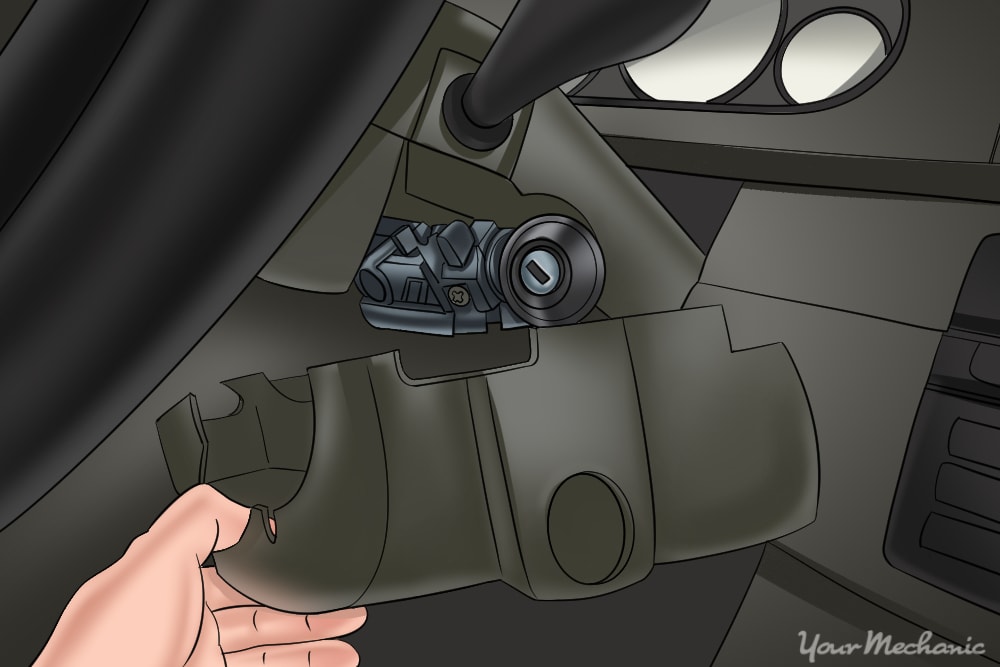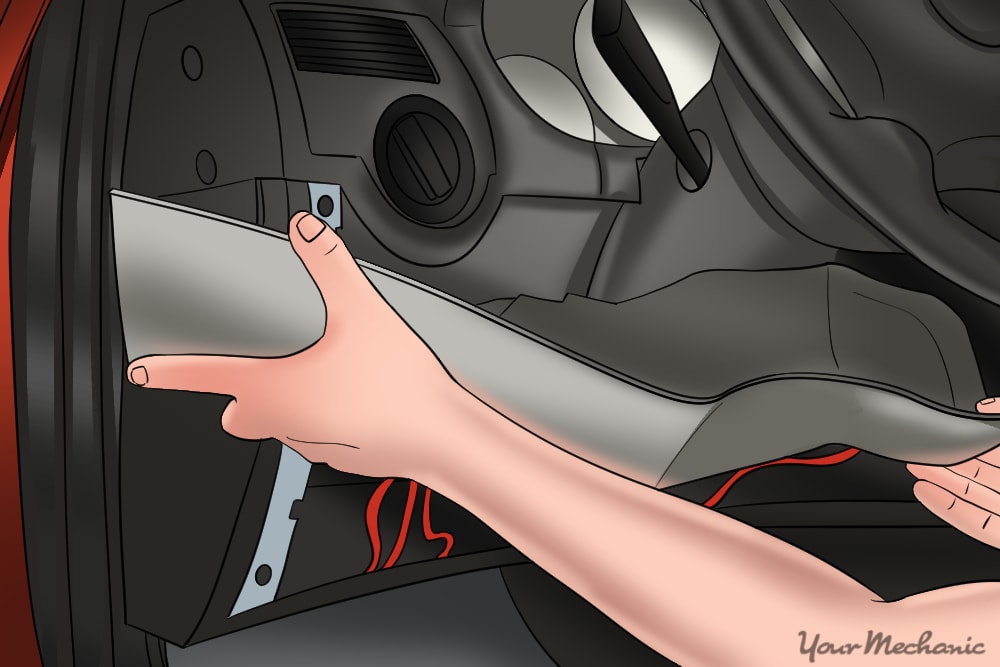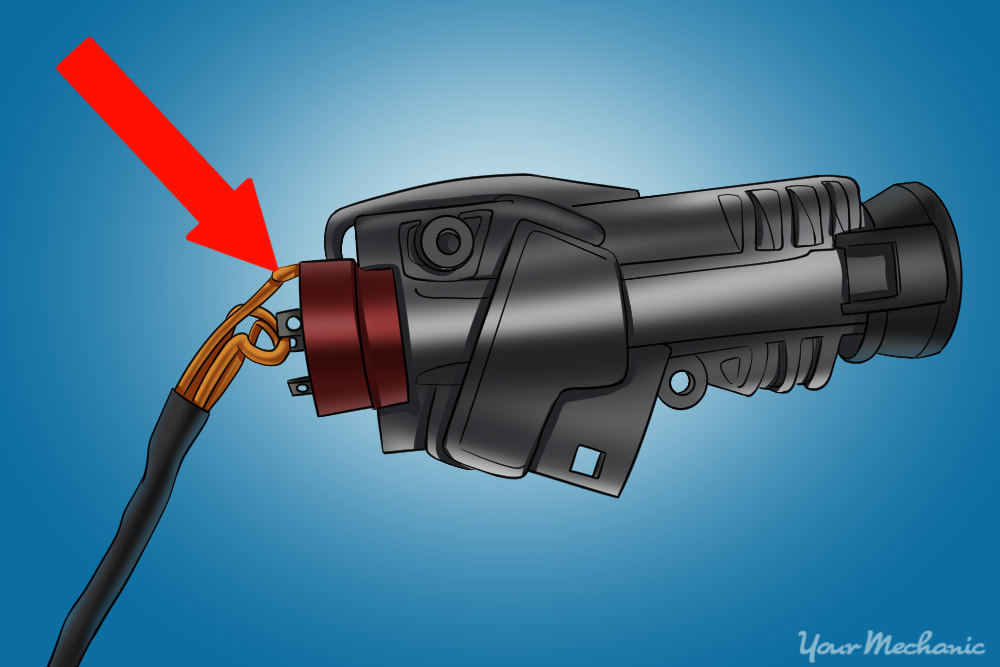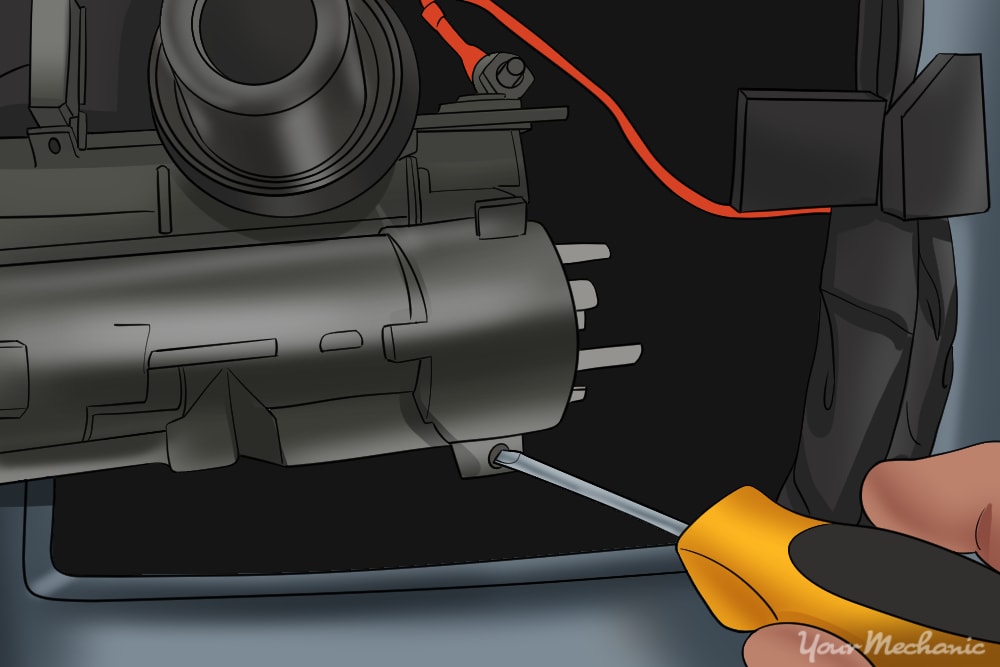

When you turn the key and nothing happens, most people assume that it's due to a faulty starter or ignition lock assembly. Believe it or not, most power or starting issues displayed after the driver turns the key are attributed to the "middleman" of the vehicle’s starting system: the ignition relay or ignition relay switch. This component is connected to the ignition lock assembly and has a series of electrical connectors that supply power to other mechanical components. The term “relay” is applicable here, as the ignition switch relays information sent electrically to these components, allowing them to activate.
The ignition relay is supposed to last the life of the vehicle; however, there are some occasions when the relay will become faulty or wear out. Some of the common symptoms of a damaged or broken ignition relay include a low or dead battery, the car stalling or not starting, or loss of power to the dashboard lights.
Most modern cars that have keyless remote starting have a key that has a computer chip inside of it. This requires a different type of ignition system and often has a very complex ignition relay system. The instructions noted below are for older vehicles without a chip-style ignition key or push button starting features. Please refer to the vehicle's service manual or contact your local ASE certified mechanic for assistance with modern ignition systems.
Part 1 of 1: Replacing the ignition relay
Materials Needed
- Boxed end wrench or ratchet sets
- Flashlight or drop light
- Regular sized flat blade and Phillips head screwdriver
- Replacement ignition relay switch
- Safety equipment (safety glasses)
- Scan tool
- Small flat blade screwdriver
- Torque screw set (for some vehicles)
Step 1: Disconnect the vehicle's battery. Locate the vehicle's battery and disconnect the positive and negative battery cables before proceeding.
You'll be working with electrical components so you need to remove any power sources before beginning this project.
Step 2: Remove the steering column cover bolts. Find the plastic covers that cover the bolts or screws. Using a small, flat blade screwdriver, remove the plastic covers.
Note the size and style of the bolts and use the appropriate tool to remove the bolts. In some cases they will be Phillips head screws or standard/metric sized bolts that will require a socket and ratchet for correct removal.
Step 3: Remove any additional dashboard cover(s). In some cases, you'll have to remove some additional dashboard covers located under the dash and near the steering column.
On most vehicles, the ignition relay will be located directly under the steering wheel housing, near the back of the steering column.
Step 4: Locate the ignition relay. After the covers have been removed, you should be able to locate the ignition relay switch rather easily. The relay switch will be connected to a series of electrical harnesses on both sides.
Step 5: Remove the electrical harnesses. After you've located the ignition relay switch, remove the electrical connections that are connected to it.
There may be one or two harnesses, so refer to your vehicle service manual for exact instructions.
Step 6: Remove the ignition relay. The process for removing the ignition relay varies based on the individual manufacturer. There are two parts to removing this component.
First, you will need to remove the cover that is on top of the relay switch. This is typically held on by a 7mm bolt.
Second, remove the relay switch screws that attach the ignition relay to the steering column or support brackets. In most vehicles there are either two or four screws that must be removed.
Step 7: Reinstall the new ignition relay. Once you've removed the old relay switch, you'll be ready to install the new one. This process is a simple reverse of the removal.
Install the new ignition relay switch in the same direction as the previous unit. Attach the ignition relay to the steering column or the bracket with the screws you removed initially.
Reconnect the cover that secures the harness to the housing, then reconnect the electrical harness(es). Finally, reinstall the dashboard covers or panels that were removed and reinstall the steering column covers.
Step 8: Reconnect the battery terminals. Reconnect the positive and negative terminals to the battery.
Step 9: Clear error codes with a scan tool. On newer vehicles that have electronic control modules and a standard key ignition system, the Check Engine Light will illuminate if there was a problem detected by your ECM.
If these error codes are not cleared before you test fire the engine, it is possible that the ECM will not allow you to start the vehicle.
Make sure to clear any error codes with a digital scan tool before you test the repair.
Step 10: Test the new relay. Insert your key with the door open. If you insert the key and you hear the bells ringing, the first connection is good.
Next, turn your key to the accessory position to test those functions. Verify that the radio has power.
Once you turn the key to the next position, the ignition relay should send a signal to the fuel pump. Making sure the radio is turned off, listen for the fuel pump to prime.
Finally, start the vehicle. If the vehicle starts smoothly, then the ignition relay is working correctly.
It's always best to refer to your service manual and completely review their recommendations before taking on this type of job. If you've read these instructions and still don't feel confident in completing this repair, please contact one of the ASE certified mechanics at YourMechanic to complete an ignition relay replacement where it’s convenient for you.







